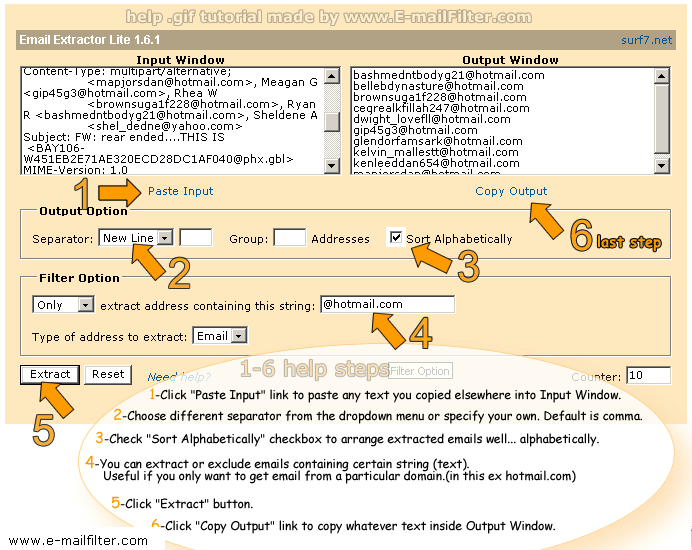
# Then we will loop over every item in the extract text and make sure that the beautifulsoup4 tag Soup = BeautifulSoup(response_content, 'html.parser') This is a fallback function, so that we can always return a value for text content.Įven for when both Trafilatura and BeautifulSoup are unable to extract the text from a def beautifulsoup_extract_text_fallback(response_content): If the response content is 200 - Status Ok, Save The HTML Content:Īfter collecting the all of the requests that had a status_code of 200, we can now apply several attempts to extract the text content from every request.įirstly we’ll try to use trafilatura, however if this library is unable to extract the text, then we’ll use BeautifulSoup4 as a fallback. Add error and exception handling so that if Trafilatura fails, we can still extract the content, albeit with a less accurate approach.įrom requests.models import MissingSchemaĬollect The HTML Content From The Website urls = ['',.Pass every single HTML page to Trafilatura to parse the text content.

Extract all of the HTML content using requests into a python dictionary.This is solely because this tutorial is written in a Jupyter Notebook.įirstly we’ll break the problem down into several stages: NB: If you’re writing this in a standard python file, you won’t need to include the ! symbol.

URL EXTRACTOR FROM TXT HOW TO
In this article you’ll learn how to extract the text content from single and multiple web pages using Python.

When performing content analysis at scale, you’ll need to automatically extract text content from web pages.


 0 kommentar(er)
0 kommentar(er)
